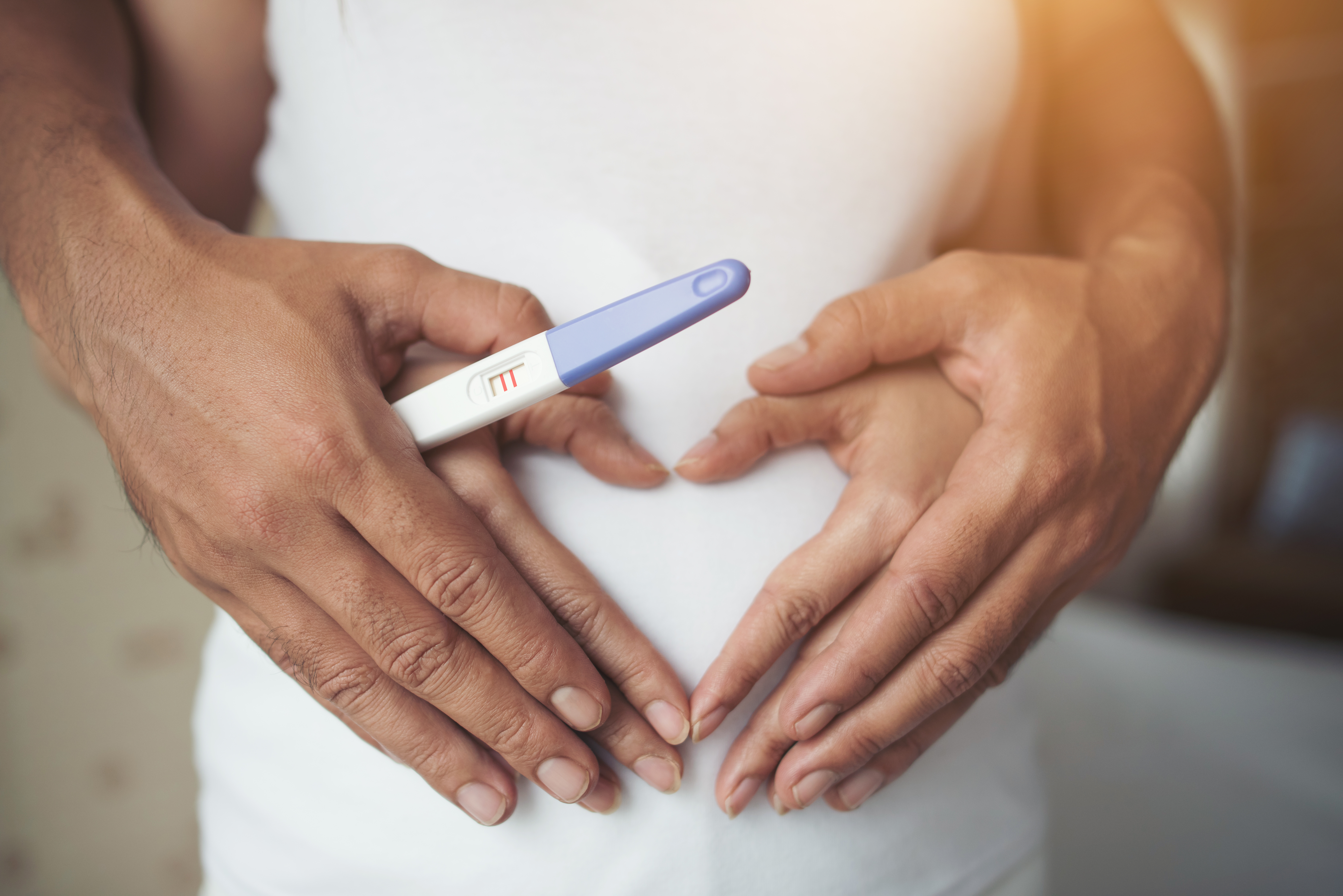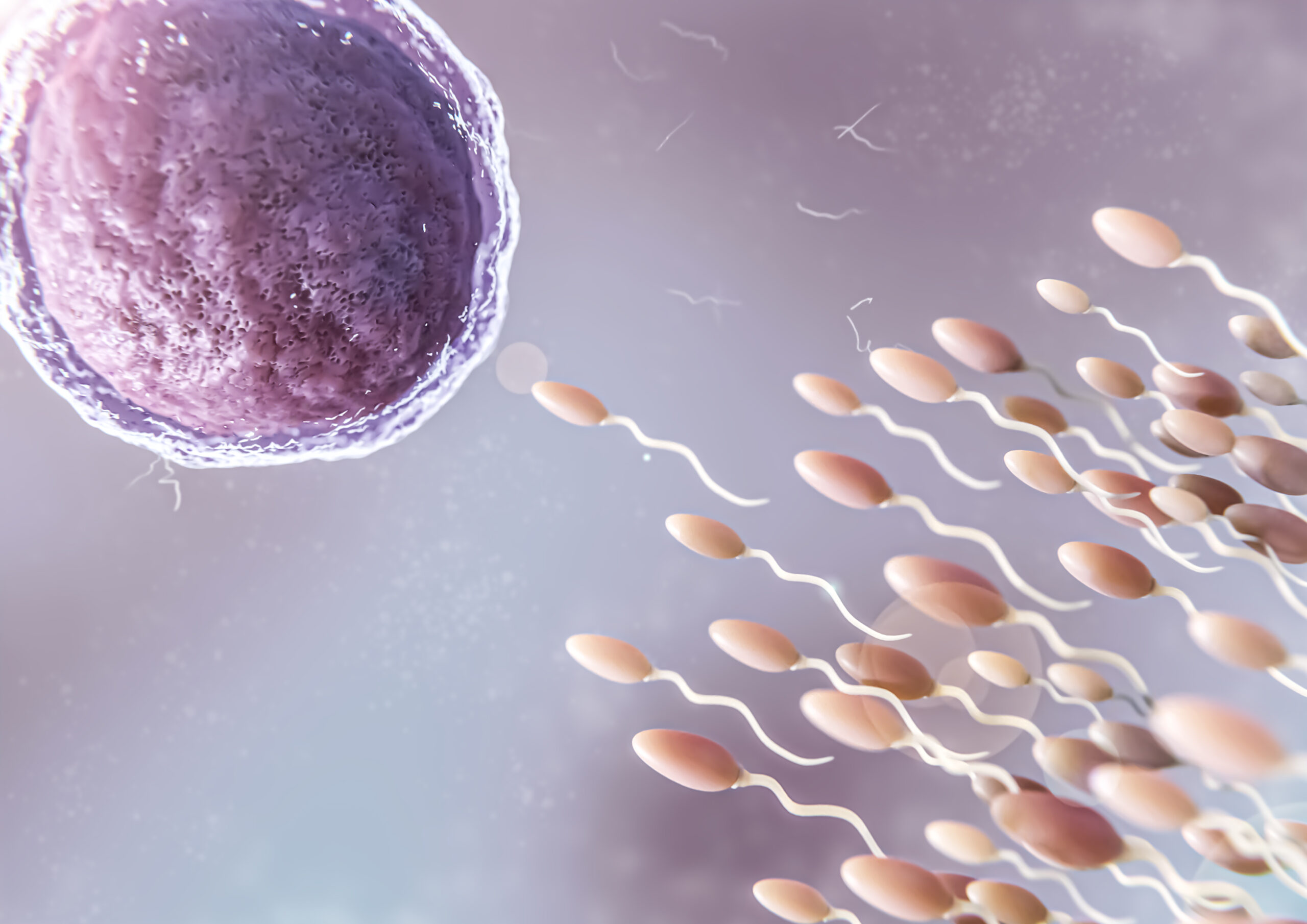
O seu sonho de ser mãe começa com um passo e nós damos ele junto com você.
Tecnologia de ponta, cuidado individualizado e os melhores especialistas ao seu lado.

Na Clínica Vilara, você encontra um centro de excelência em Reprodução Assistida, com mais de 10 médicos especialistas, milhares de casais atendidos e 98% de avaliações positivas. Aqui, cada tratamento é pensado sob medida, respeitando sua história e seus sonhos. Estamos prontos para caminhar com você rumo à realização do seu desejo de ter um ou mais filhos.
de nossos clientes
Profissionais
para acompnhamento
Nossos tratamentos
Tecnologia de ponta, cuidado individualizado e os melhores especialistas ao seu lado.
Fertilização
in Vitro (FIV)
É considerada o TRA mais usado em todo o mundo, tendo já nascido mais …
Injeção intracitoplasmática de espermatozoide (ICSI)
Consiste na injeção de um único espermatozóide …
Teste genético pré-implantacional (PGT)
é um procedimento diagnóstico tradicional utilizado para aumentar …
Doação
de óvulos
Uma vez realizado o pareamento dos casais, a doadora iniciará seu tratamento …




Sobre nós
A Clínica Vilara
A Clínica Vilara de Reprodução Assistida se diferencia por unir tecnologia de ponta e um conceito inovador em seus tratamentos. Com um time de especialistas renomados, reconhecidos tanto nacional quanto internacionalmente, a clínica oferece um atendimento de excelência no campo da Medicina Reprodutiva.
Além dos mais modernos equipamentos, a Clínica Vilara está na vanguarda com abordagens e tratamentos atualizados para a infertilidade conjugal, sempre comprometida com resultados de alta qualidade e o bem-estar dos pacientes.
Conheça nossas unidades:
Depoimentos
Conheça a história de pessoas
que realizaram os seus sonhos.

Mariana
Meu nome é Mariana, sou paciente do Dr. Marco Mello, hoje venho aqui para dar o meu depoimento cheinho de gratidão e cheinho de Deus! Em Dezembro de 2022 tive a minha primeira consulta com o Dr. Marco Mello, ele…
Ver completo
Francielle
Depois de 6 anos tentando engravidar, tratamento com medicação e uma suspeita de endometriose enfim chegamos ao Vilara. A escolha do nosso médico foi feita por Deus. A Dr. Sandro soube como ninguém tirar minhas duvidas, medos e anseios. Todo…
Ver completo
Elizete Cristina de Araújo Buza
Hoje já estamos no nosso 4 mês de gestação. Sexta- feira passada ficamos sabendo o sexo do nosso bebê.É um lindo meninão (Estevão). Estamos muito felizes e eternamente gratos ao nosso médico e amigo Dr. Marco Melo e sua maravilhosa…
Ver completo
Marcela
Há mais ou menos 1 ano e meio meu esposo e eu decidirmos engravidar. Sabíamos que não seria fácil,pois já tínhamos feito alguns exames e ficamos sabendo que estava tudo bem comigo, porém, meu esposo estava com baixa produção de…
Ver completoTelemedicina Clínica Vilara
Agende sua consulta por telemedicina e fale com nossos especialistas de onde estiver.
Atendimento:
Seg a Sex de 8h00 a 18h00 e Sáb de 8h00 a 12h00
Telefones:
(31) 3070-5568 -(31) 3070-5851 - (31) 99569-9150




